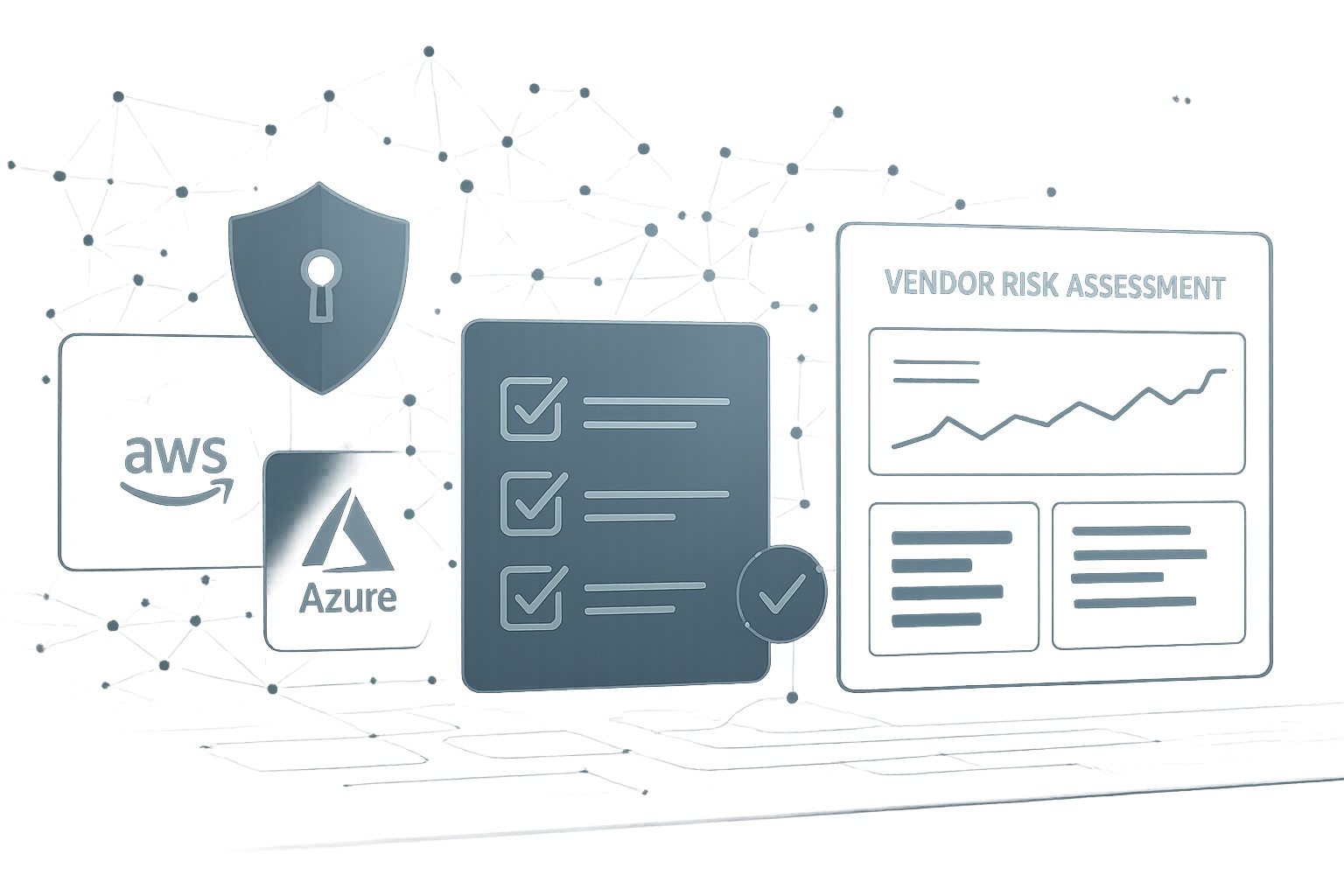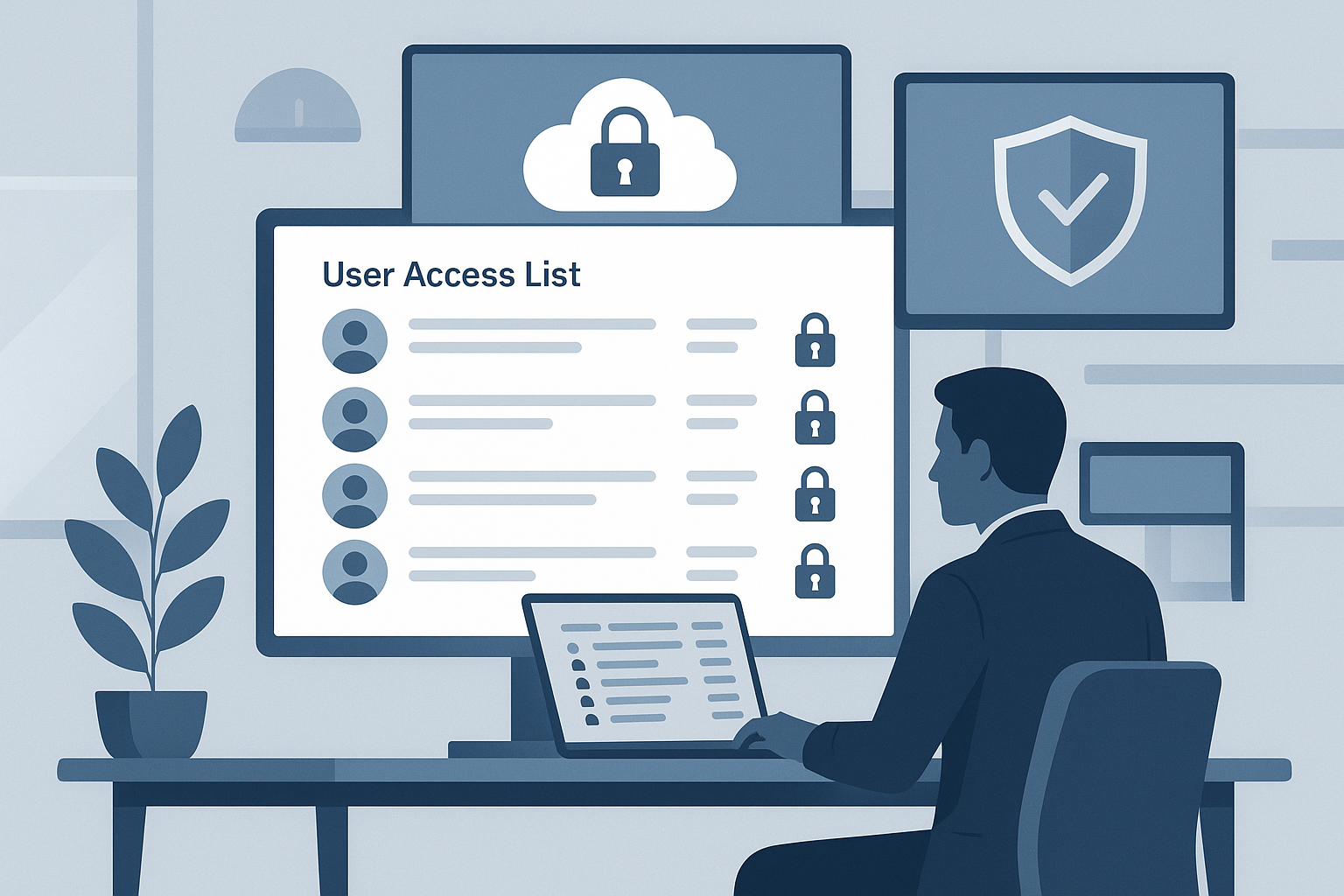

As a startup or small business, cybersecurity may not be a top priority within your organization. However, small businesses, despite their smaller size and limited resources, are equally at risk for cyber threats.
According to a survey on Canadian small businesses done in August 2023 by the Insurance Board of Canada, 40% of small businesses have seen an increase in scam attempts over the past year. While a 2023 survey done by the non-profit organization ITRC, found that 73% of small businesses surveyed in the U.S. reported a cybercrime incident. It is not just the Microsofts and AT&Ts of the world that need to worry about potential threats, startups and small businesses need to as well.
Establishing a robust cybersecurity strategy is crucial for protecting sensitive data, maintaining customer trust, and ensuring long-term success.
Some reasons why your small business/startup could be a target for cyberattacks are:
Small businesses and startups can be seen as easy targets because they may be perceived to lack robust cybersecurity measures. Limited budgets and resources, along with the fast pace of startups can mean less sophisticated defence systems, making it easier for hackers to exploit vulnerabilities
Customer and payment information can be used for identity theft, fraudulent transactions or to be sold on the dark web.
Small businesses often have relationships with larger companies as suppliers, partners, or service providers. Compromising a small business can serve as a stepping stone for hackers to gain access to larger, more lucrative targets.
Small businesses and startups might not have the resources to pursue legal action or conduct extensive investigations, making it easier for attackers to avoid law-enforcement scrutiny compared to more high-profile organizations. Exploiting this vulnerability can be a quick financial payout from organizations who want a quick resolution.
Hackers are now using small businesses as testing grounds to refine their techniques and tools before deploying them on larger, more secure targets. This allows them to perfect their methods with minimal risk and cost.
Startups need to be aware of the various threats they might face. These include:
Understanding these threats helps in crafting specific controls and prioritizing time and resources effectively. A good place to start is Verizon Business’ 2024 Data Breach Investigation Report
Now that you’ve narrowed down your possible threats, identify potential vulnerabilities within your organization. This includes:
ProtechSuite’s Risk Assessment module already has a library of risks and possible threats to help you get started on this step. Book a Demo today to learn more.
Once you are aware of your risks you can start to invest and implement solutions and technology such as:
Employees are often the first line of defence against cyber threats. Regular training sessions should cover:
You can use a third party organization that specializes in cybersecurity training or use resources such as Stay Safe Online or Cyber Security Training for businesses.
Continuous monitoring and regular audits are necessary to maintain compliance with industry best practice. This includes:
ProtechSuite’s internal controls module can create and monitor internal control compliance within your organization. Book a demo for more information
Fostering a security-conscious culture begins with the top. Business Owners/CIOs/CTOs should prioritize and encourage:
Startups and small businesses experiencing rapid growth often lack the in-house expertise to handle complex cybersecurity challenges. Partnering with cybersecurity providers or consultants can provide:
ProtechSuite is our all in one platform for implementing security strategies and regulatory compliance. It offers a single lens view into IT controls and how they stack against best practices and regulatory requirements. Whether you’re just starting to secure your organization or aiming to evaluate the effectiveness of your existing controls, ProtechSuite delivers a ‘compliance in a box’ solution tailored for startups and SMEs who are looking for a fast and user friendly solution.
Discover how ProtechSuite can elevate your business’s security and compliance. Schedule a demo today to learn more.
Cybersecurity is an ongoing process that requires vigilance, adaptability, and commitment. By implementing these 7 steps, your business will be navigating the cyberthreat environment with confidence and resilience in no time.
About J-SAS: J-SAS Inc. is a Canadian technology company with over 12 years of experience offering cybersecurity, compliance, executive leadership and software solutions for small and medium-sized organizations. Its tools are currently being implemented at supply chain, healthcare and municipal government organizations across Canada. Through innovative technology and a customer-centric approach, J-SAS empowers organizations to protect their assets, ensure compliance, and achieve sustainable growth.
J-SAS Public Relations







